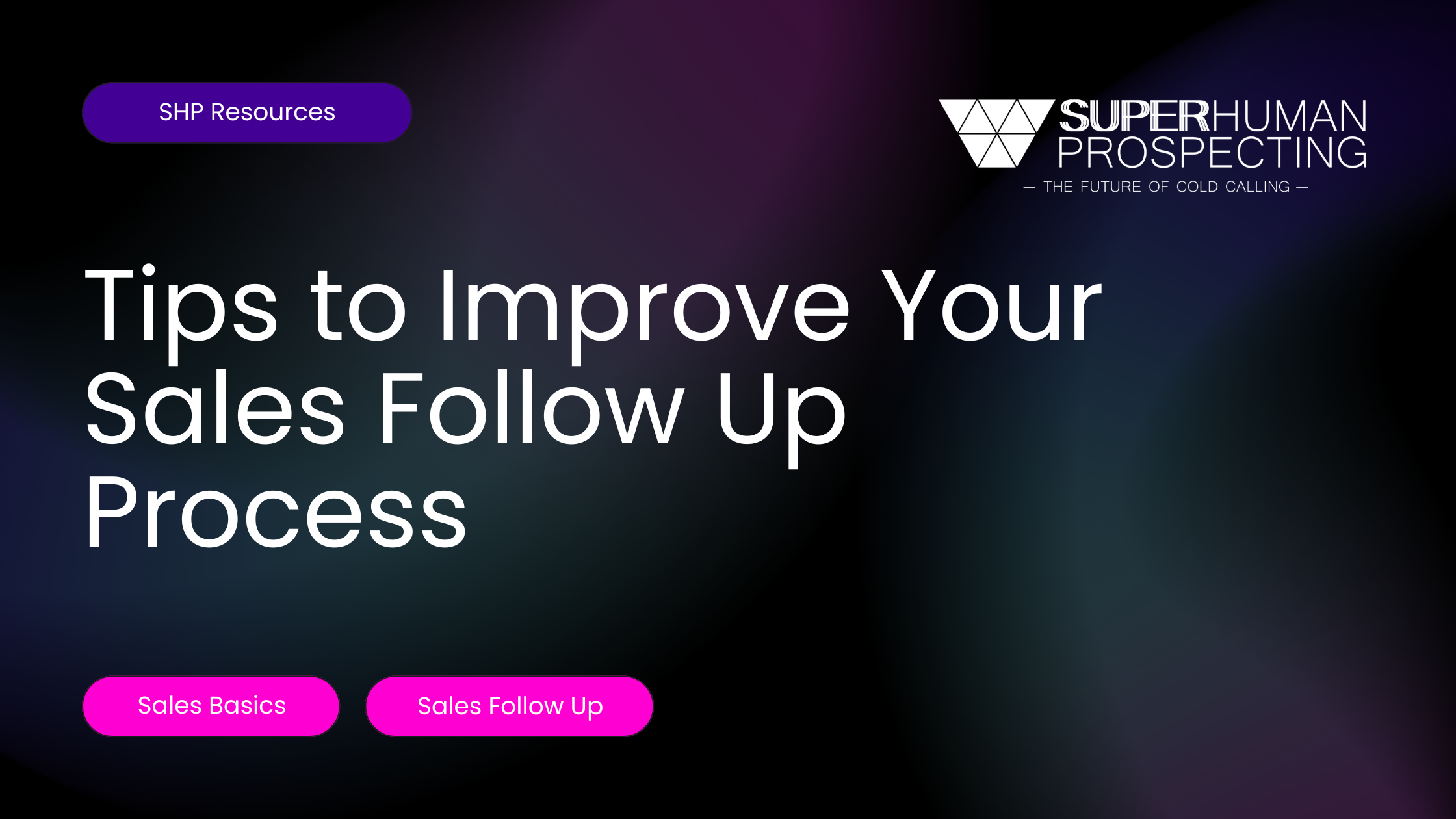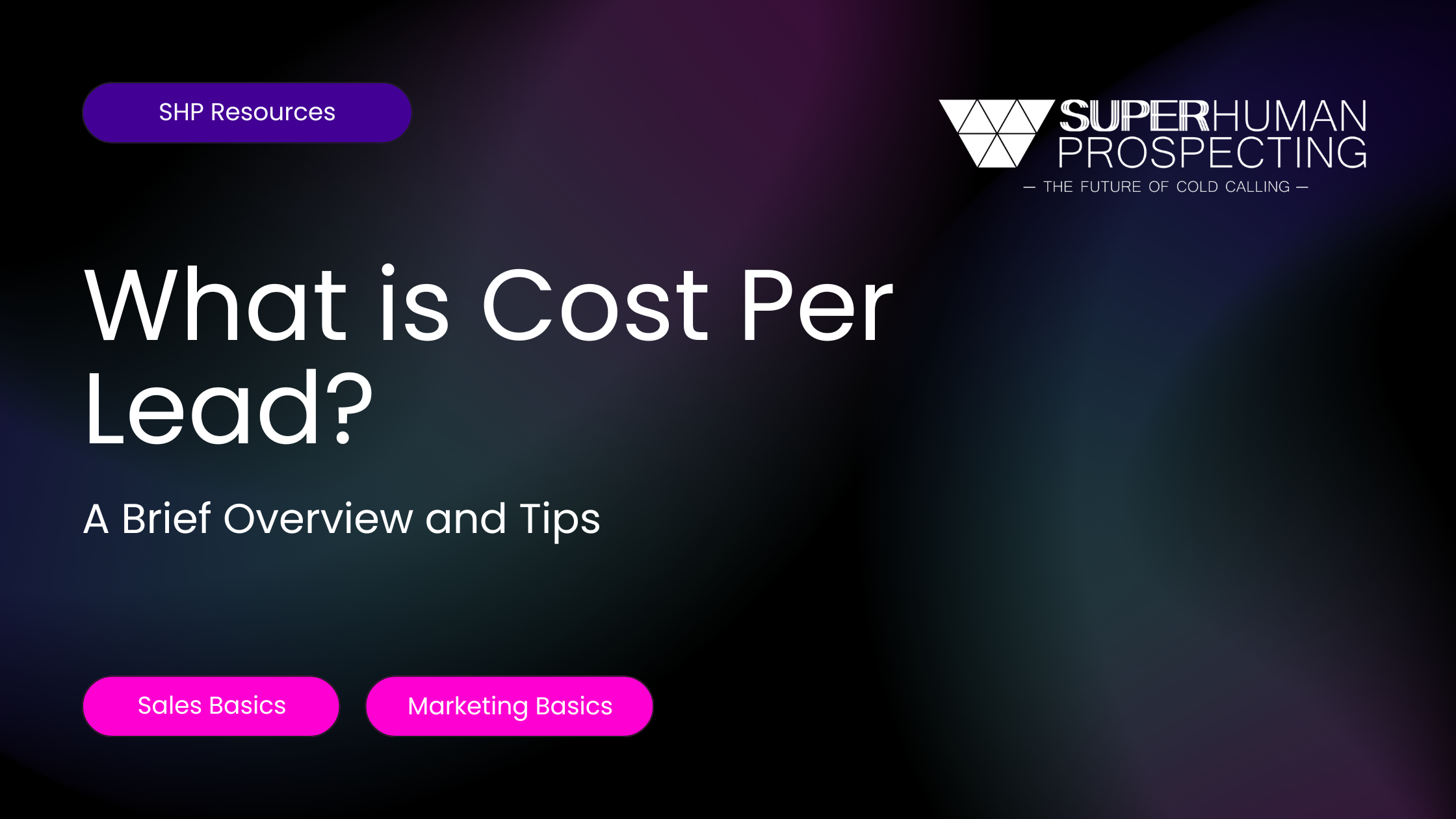Cold calling remains an effective tool in the arsenal of sales and marketing teams. It bridges personal connections, creates immediate engagement, and drives action. Integrating cold calling into tradeshow marketing maximizes the reach and potential benefits of the event, leading to higher return on investment.
Importance of Tradeshow Marketing
Tradeshow marketing is crucial for businesses seeking to establish direct contact with potential clients and industry professionals. It provides a platform to showcase products and services, gather invaluable feedback, build brand awareness and generate sales leads and appointments. By participating in these events, businesses gain visibility, which can lead to new partnerships and increased sales.
Face-to-face interactions foster trust and credibility. Attendees experience the brand in a tactile and personal way, which digital avenues often lack. Tradeshow marketing also offers a competitive edge, as businesses can directly observe market trends and competitors’ strategies.
Benefits of Integrating Cold Calling
Cold calling enhances tradeshow marketing efforts through several key benefits. Firstly, it facilitates pre-event engagement, increasing the likelihood of attendance. Calling prospects before the event helps build anticipation and interest, ensuring a higher turnout. Cold calling can also be used to setup pre-planned meetings with ideal prospects that are attending the tradeshow.
Follow-up is essential. Post-event cold calling keeps the momentum going, converting prospects into customers. This method solidifies connections made during the tradeshow, emphasizing the business’s commitment to the relationship. It also provides an opportunity to address any lingering questions or concerns.
Cold calling targets specific individuals and companies, ensuring that marketing efforts are directed towards high-potential leads. This focused approach contrasts with broad and less-personal techniques, providing a higher return on investment for tradeshow marketing.
Timing and personalized messaging are vital. Effective cold calling requires thorough research on prospects to tailor conversations to their specific needs and interests. This custom approach improves engagement rates and builds stronger relationships.
Understanding Cold Calling in the Context of Tradeshow Marketing
Definition and Basics of Cold Calling
Cold calling refers to contacting potential customers or clients who have not previously expressed interest in a product or service. This method involves reaching out to individuals without prior interaction, usually via telephone. The primary aim is to generate interest, introduce offerings, and establish a point of contact. Cold calling is a proactive approach, often utilized in sales and marketing to expand customer bases.
How Cold Calling Supports Tradeshow Goals
Cold calling can strengthen tradeshow marketing by driving pre-show engagement. Reaching out to potential attendees before the event helps generate buzz and awareness. Marketers can share vital details about their exhibit, special offers, or exclusive perks available at the tradeshow. This preemptive outreach can significantly boost booth traffic and attendee interest.
It can aid in qualifying leads. By contacting potential visitors beforehand, businesses can ascertain their level of interest and tailor their pitches. This ensures that booth interactions are targeted and effective, leading to higher conversion rates during the tradeshow.
Cold calling can facilitate post-show follow-ups. Engaging attendees after the event enhances lead nurturing. Personalized follow-up calls based on prior interactions can reinforce brand recall and encourage further engagement. This post-show strategy can result in increased sales and better relationship management.
Cold calling also offers a platform for feedback. By contacting attendees post-event, businesses can gather valuable insights on their tradeshow presentations and overall experience. This feedback assists in refining future tradeshow marketing strategies and ensuring continuous improvement.
Incorporating cold calling into tradeshow marketing creates a comprehensive approach that spans pre-show, during-show, and post-show phases. It aligns marketing efforts with sales strategies, fostering a cohesive and effective tradeshow presence.
Preparing for Effective Cold Calling
Identifying Target Audience
Identifying the target audience remains a critical first step in leveraging cold calling for tradeshow marketing. Research potential leads based on the specific needs and interests of your business. Utilize demographic information such as industry type, company size, and geographic location to pinpoint the right contacts. Analyze past tradeshow data to understand who showed the most interest. Examine visitor data and attendance records from previous events, which helps in identifying valuable prospects.
Creating a Customized Calling Script
Creating a customized calling script ensures each interaction is tailored to the prospect’s needs and increases engagement. Begin the script with a strong opening line that includes the name of the contact and a brief introduction of your company. Clearly articulate the value proposition by linking your product or service to the prospect’s specific challenges. Address common questions and objections within the script. Use relevant data and case studies to support your points. End the script with a clear call-to-action, such as scheduling a meeting during the tradeshow.
Setting Up Call Tracking and KPIs
Setting up call tracking and KPIs enables measurement of the effectiveness of cold calling efforts in tradeshow marketing. Implement call tracking software to monitor the volume and outcome of each call. Record data points such as call duration, follow-up actions, and conversions. Establish key performance indicators (KPIs) like number of appointments booked, rate of positive responses, and conversion rate. Regularly review these metrics to identify areas of improvement and adjust strategies accordingly. Accurate tracking leads to better resource allocation and optimized tradeshow interactions.
Executing Cold Calls
Cold calling forms a crucial aspect of tradeshow marketing by allowing businesses to directly engage with potential clients before the event. Success in cold calling requires planning, precision, and perpetual engagement.
Best Practices for Initial Contact
Preparation is essential. Research prospective clients to understand their needs and preferences prior to the call. Craft a compelling script that introduces your company and delineates the value proposition.
During the call, maintain a professional yet friendly tone. State your purpose clearly, highlighting how your presence at the tradeshow offers unique benefits to them. Personalization enhances the caller’s credibility, so use the prospect’s name and references to their business context.
Handling Objections and Questions
Objections are common and should be anticipated. Listen actively to understand their concerns. Respond with factual information and examples of how your products or services address those issues.
Acknowledge objections, and provide solutions backed by evidence, such as customer testimonials or case studies. Being knowledgeable about tradeshow marketing trends can reinforce your responses. View objections as opportunities to clarify misunderstandings and promote your offerings more effectively.
Securing Appointments and Follow-ups
The ultimate goal of cold calling in tradeshow marketing is setting appointments. Clearly propose a meeting at the tradeshow to discuss further. Specify dates, times, and booth locations to make the arrangement convenient.
Ensure follow-up communication. Send personalized emails confirming the meeting and providing additional information on what to expect. Reminders closer to the event help maintain interest. After the tradeshow, continue engagement by addressing any queries raised during the event, thus nurturing the relationship built through cold calls.
Following Up with Leads Met at the Tradeshow
Post-tradeshow follow-ups are crucial to maintaining the momentum gained from the event. Cold calling serves as an excellent method for reconnecting with leads. Personalized follow-up calls can help in reviewing points discussed at the event and moving potential clients along the sales funnel.
- Ensure the follow-up calls are timely
- Personalize the conversation based on previous interactions
- Offer additional information or solutions discussed during the tradeshow
This practice strengthens relationships and keeps the brand top-of-mind for potential customers.
Measuring the Success of Cold Calling Efforts Post-Tradeshow
Evaluating the effectiveness of cold calling strategies is essential for refining tradeshow marketing efforts. Metrics to consider include the number of appointments scheduled, engagement levels during calls, and conversion rates.
Tracking these factors provides a clear understanding of how well cold calling integrated with tradeshow marketing efforts. Analyzing data helps in identifying strengths and areas for improvement, ensuring future events yield even better results.
- Compare pre-event goals with actual outcomes
- Analyze call engagement and response rates
- Track the conversion of leads to sales
These insights help in optimizing both cold calling and tradeshow strategies for maximum impact.
Final Thoughts on Improving Tradeshow Success with Cold Calling
Tapping into cold calling enhances pre-show buzz and post-show engagement. It creates a bridge between marketing activities and meaningful interactions. Cold calling encourages two-way communication, fostering deeper connections with potential clients. This proactive approach can significantly amplify tradeshow success.
In conclusion, cold calling can redefine tradeshow marketing when applied thoughtfully and strategically. It ensures that marketing activities are not just event-centric but part of a broader, continuous engagement process. Utilizing these synergistic methods leads to better-qualified leads and more successful tradeshow outcomes.
FAQ
What is cold calling in tradeshow marketing?
Cold calling in tradeshow marketing involves reaching out to potential clients or attendees via phone calls before the event. This strategy aims to generate interest and increase booth traffic.
How can cold calling improve tradeshow marketing?
Cold calling can increase awareness and attendance at your booth. It helps establish early connections, which can lead to meaningful conversations and potential sales during the event.
When should cold calling be implemented in tradeshow marketing?
Cold calling should be implemented a few weeks before the tradeshow. This allows ample time for communication and scheduling appointments, ensuring your prospects are aware of your presence.
Who should be contacted during cold calling for tradeshow marketing?
Potential clients, existing customers, and industry influencers should be contacted. Focus on individuals who might benefit from your products or services and those who frequently attend tradeshows.
What information should be provided during cold calls?
Provide details about your company’s presence at the tradeshow, the benefits of visiting your booth, and any exclusive offers or demonstrations available. Personalize the message to the needs and interests of the recipient.
What are some tips for effective cold calling in tradeshow marketing?
- Research the prospects before making calls
- Prepare a clear and concise script
- Be polite and respectful of their time
- Emphasize the value they will gain from attending the tradeshow
- Follow up with an email summarizing the call and providing additional information
Can cold calling be combined with other tradeshow marketing strategies?
Yes, cold calling can be effectively combined with email marketing, social media campaigns, and direct mail. Integrating multiple strategies increases the chances of reaching a broader audience.
How can the success of cold calling in tradeshow marketing be measured?
Track the number of appointments scheduled, booth visits attributed to the calls, and subsequent conversions or sales. Analyzing these metrics can help refine future cold calling strategies.







